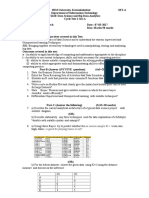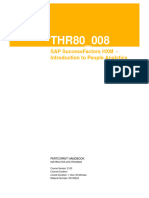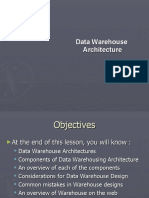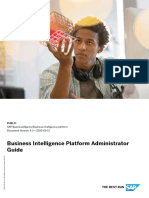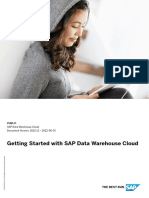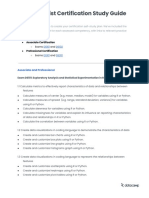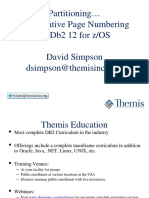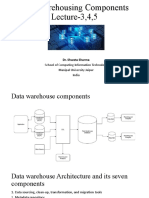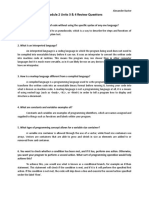0% found this document useful (0 votes)
796 views5 pagesData Analyst Certification Study Guide
The document provides a study guide for data analyst certification with two levels - Associate and Professional. The Associate exam (DA101) focuses on data management, cleaning and exploratory analysis in SQL, while the Professional exams (DA101 and DA201) add a focus on statistical concepts, experimentation and analysis in R or Python. The study guide provides learning objectives and links to skill assessments for each competency on the exams.
Uploaded by
ALEX ANDRe ARQUE MU�OZCopyright
© © All Rights Reserved
We take content rights seriously. If you suspect this is your content, claim it here.
Available Formats
Download as PDF, TXT or read online on Scribd
0% found this document useful (0 votes)
796 views5 pagesData Analyst Certification Study Guide
The document provides a study guide for data analyst certification with two levels - Associate and Professional. The Associate exam (DA101) focuses on data management, cleaning and exploratory analysis in SQL, while the Professional exams (DA101 and DA201) add a focus on statistical concepts, experimentation and analysis in R or Python. The study guide provides learning objectives and links to skill assessments for each competency on the exams.
Uploaded by
ALEX ANDRe ARQUE MU�OZCopyright
© © All Rights Reserved
We take content rights seriously. If you suspect this is your content, claim it here.
Available Formats
Download as PDF, TXT or read online on Scribd
/ 5












